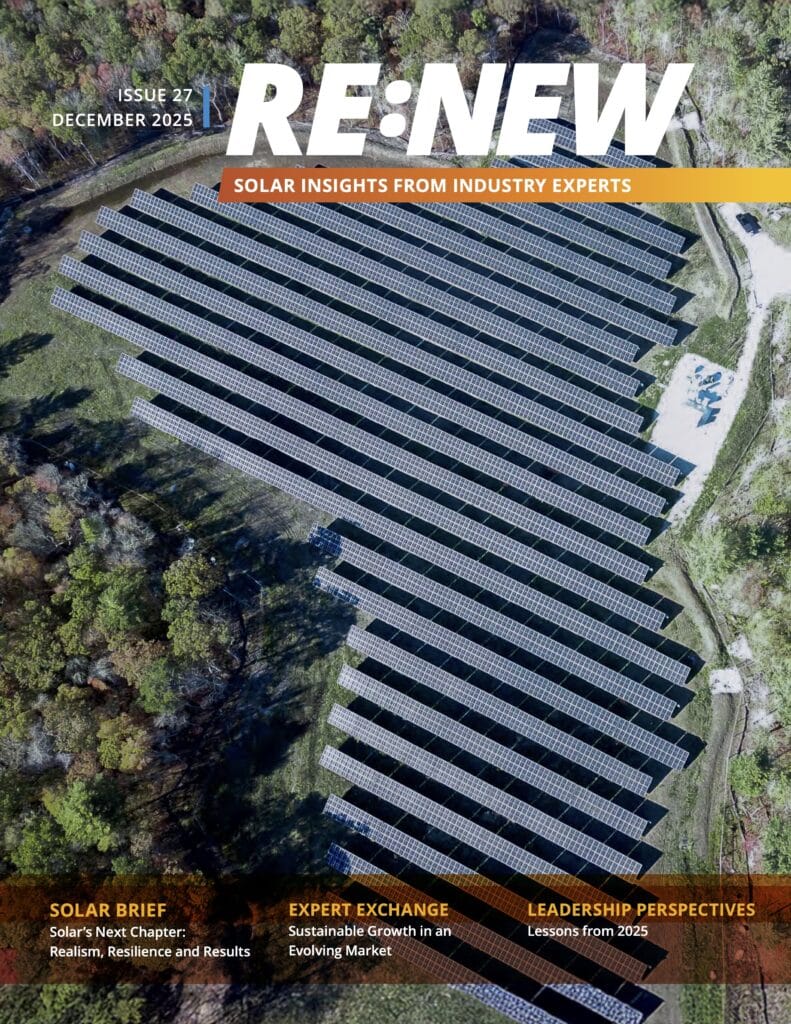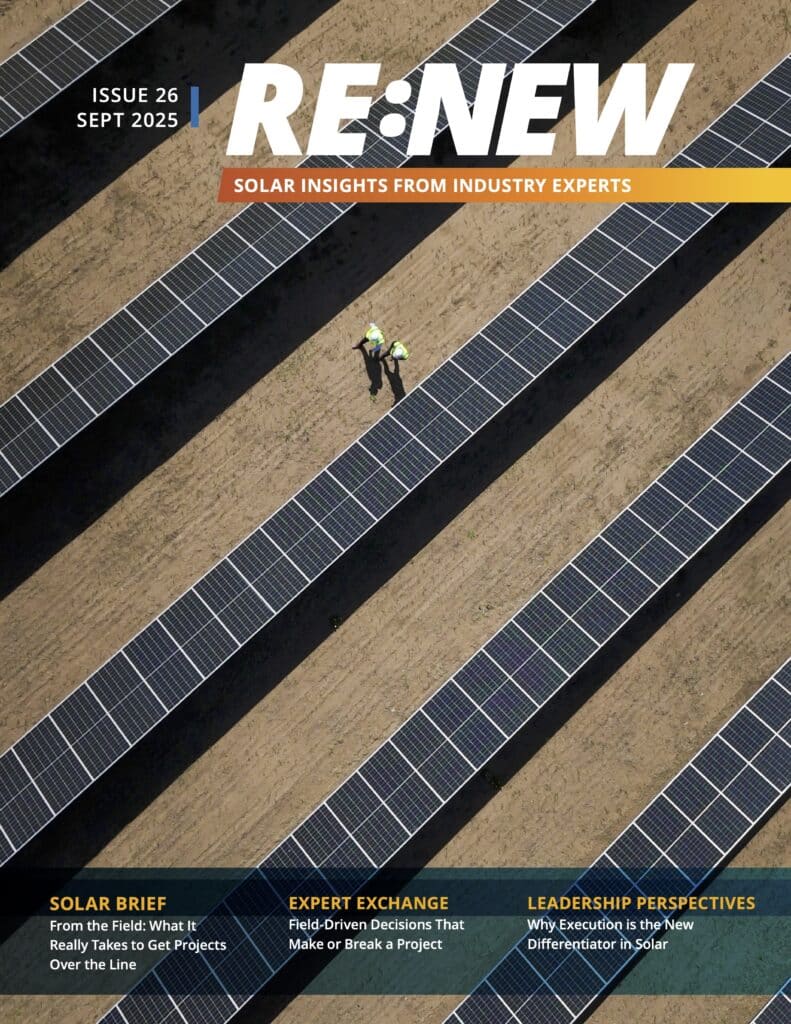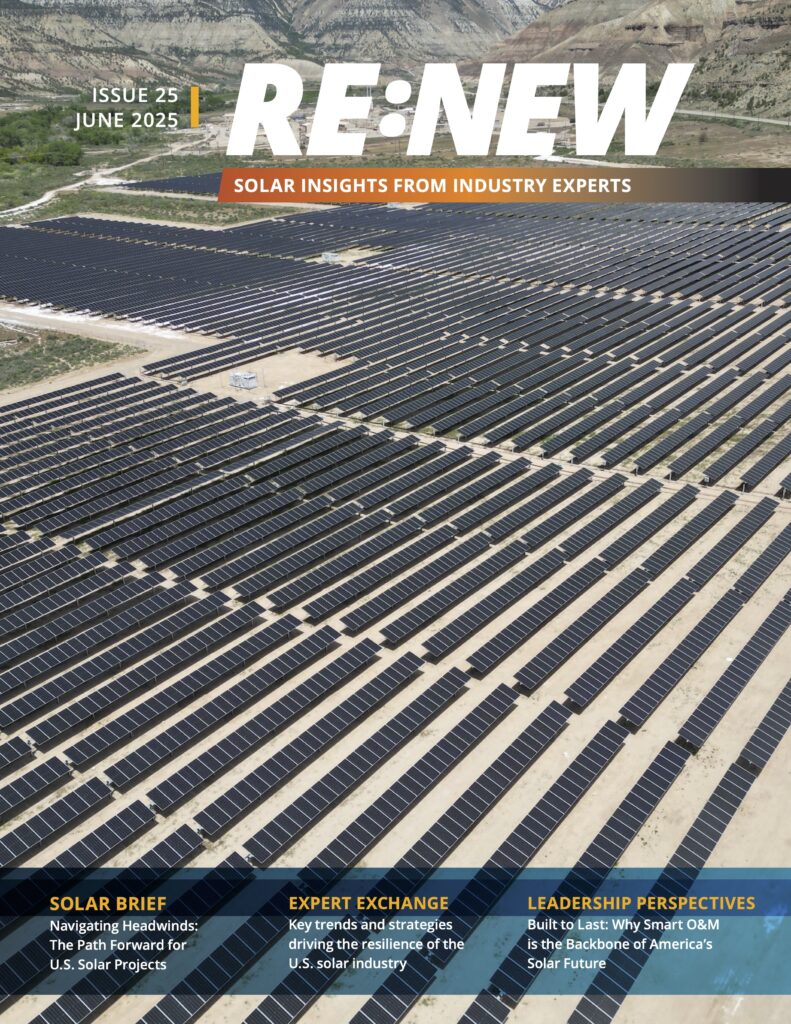In early February, more than 20 of our friends in the Maryland Senate introduced Senate Bill (SB) 732 (and 76 of our friends in the House of Delegates introduced House Bill (HB) 1453), and the bills are beauties.
They would double the RPS to 50% by 2030, accelerating the adoption of solar and wind resources in the state. They would more than double the solar carve-out to 5.5% in 2019. Even more exciting, however, is the plan to more than double that number to 14.5% by 2028.
What does that mean in practical terms? It means a long-term project for the solar industry to invest more than $11 billion statewide to build 6.5 GW of solar power and, in the process, create 20,000 jobs in the solar industry alone.
And it’s not just solar jobs that would be enhanced by the passage of SB 732. A stronger RPS will attract new businesses to Maryland and, equally importantly, retain those we already have. After all, major companies are increasingly committed to meet their energy needs with 100% renewable power.
By increasing the state’s own commitment to clean energy, Maryland will be a more attractive place for companies, its employees and customers like Marriott, Under Armour, Lockheed Martin, Discovery, McCormick Spice, T. Rowe Price, Facebook and/or the future Amazon HQ2.
Right now, the Trump Administration has put the overall solar industry in a precarious position with his decision to impose 30% tariffs on imported solar modules (technically, it also covers cells, but then it exempts 2.5 GW of cells, so the effects will be non-existent). The industry lost 9,200 jobs in 2017, and that was the result of the debate over the tariffs.
Unfortunately, Maryland was not spared. Last year, the industry lost 100 jobs and is projected to lose 800 this year as a result of the tariffs. Those numbers may not sound big, but in an industry that currently employs more than 5,300 people, those are significant losses.
Passage of SB 732 would be a way not only to stave off those predicted job losses but would actually increase the number of people employed by the industry—in 2016 the fastest-growing segment of the U.S. economy—by 377%. I believe, as does the rest of the industry, that fighting for those kinds of economic and societal benefits are a fight we can join proudly.
So what do we need to do now to push for passage of this bill? Well, that’s the easiest part of this whole exercise, though it will take some committed effort:
- First, read the bill. You can find it here (you have to click on the link and then download the PDF—the relevant portion starts on page 6 under the subhead 7–703).
- Second, contact your representatives consistently and frequently. Tell them who you are, what you do and why they should support the bill.
- Third, the next committee hearing is March 6 in the Senate. It would be wonderful to see as many solar-industry stalwarts in the gallery, preferably wearing company gear to let them know you’re in the solar industry and that you believe strongly in the bill.
We have a good chance of passing this bill, as last year’s victory showed—but it behooves us to take nothing for granted. This is a good bill—let’s make sure it gets across the finish line.
More Recent Blog Posts
Delivering on Our Promise: 2025 in Review
December 11, 2025
Scott Wiater · 3 min read
How Student Health Unlocks School Energy Projects
December 3, 2025
Standard Solar · 4 min read
The Remarkable Growth of Community Solar in the District of Columbia
October 22, 2025
Standard Solar · 2 min read
Navigating a Solar Market in Transition: Takeaways from RE+ 2025
September 26, 2025
Megan Byrn · 3 min read





Share